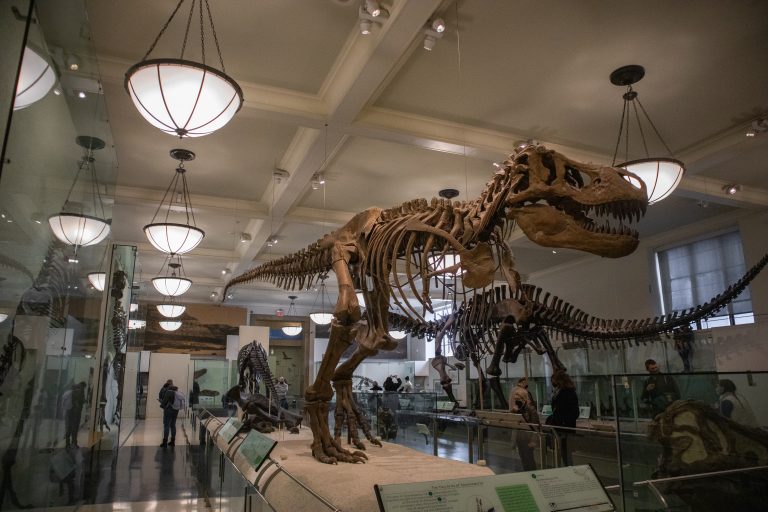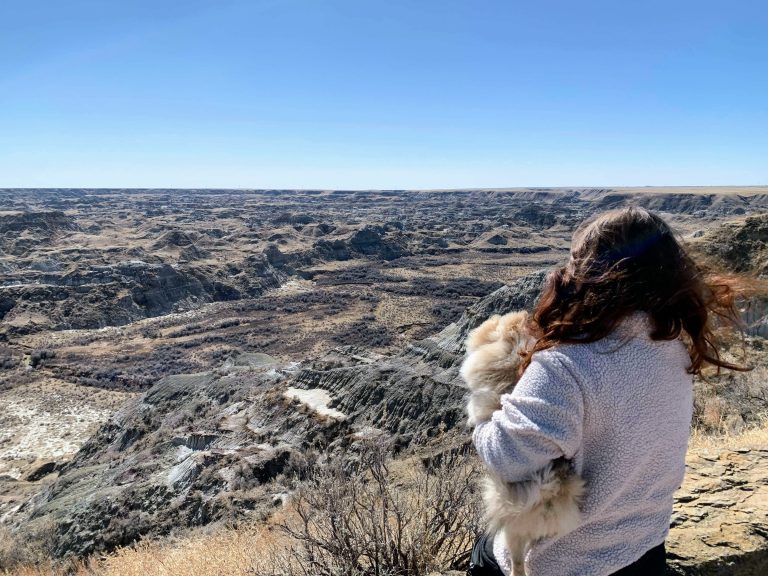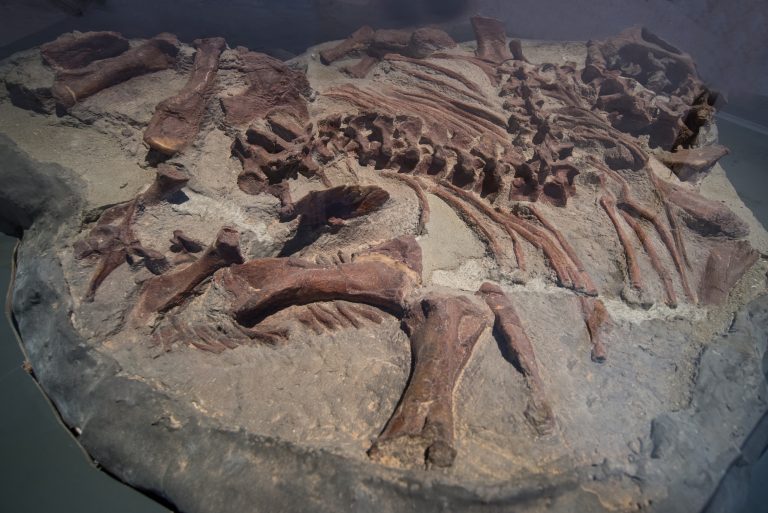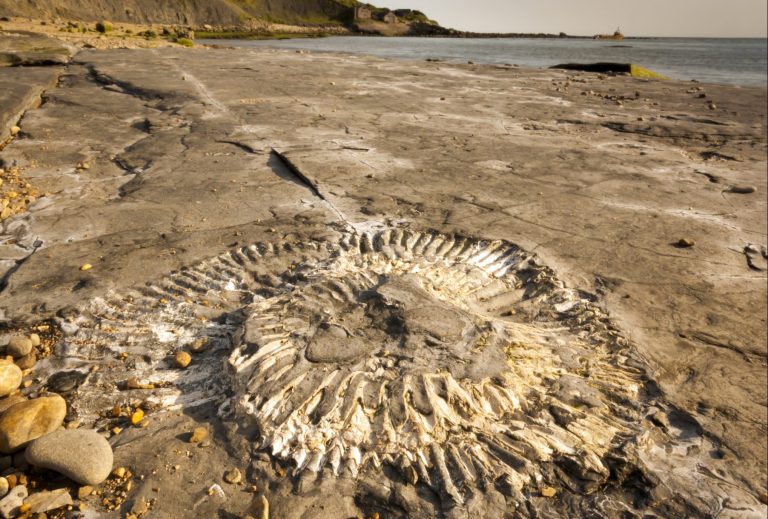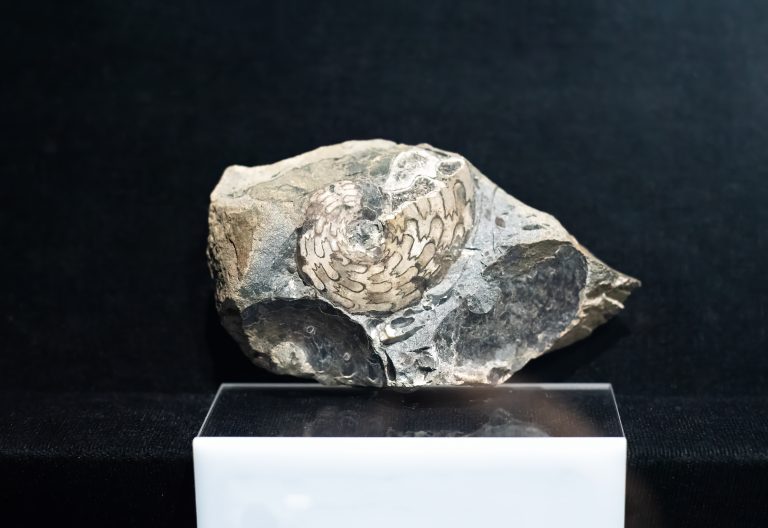10 Essential Tips for Packing for Fossil Trips
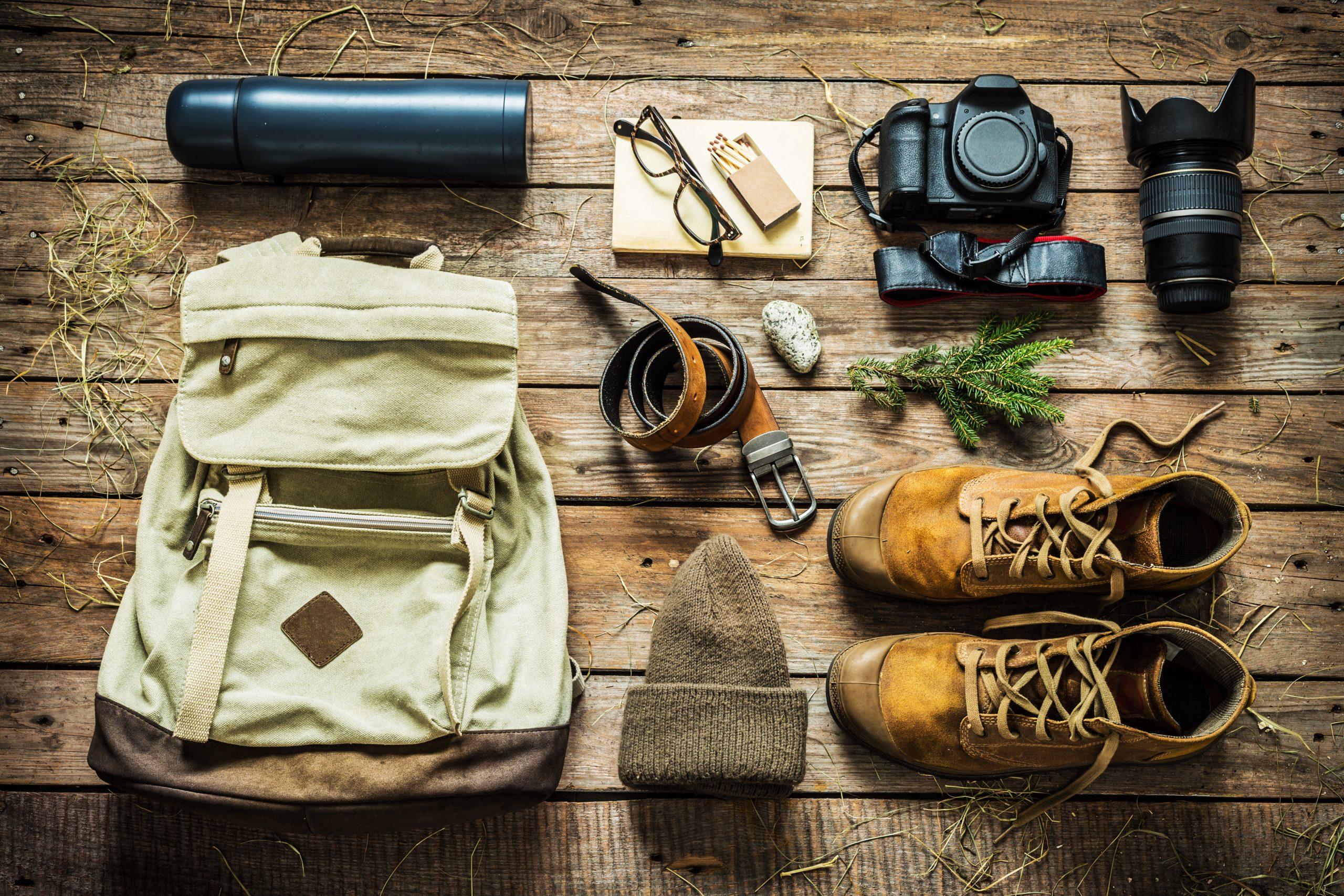
Embarking on a fossil trip is like stepping into a time machine—exciting, unpredictable, and full of discovery. To ensure your journey to the past is nothing short of spectacular, here are ten essential packing tips to keep in mind.
1. Know the Terrain
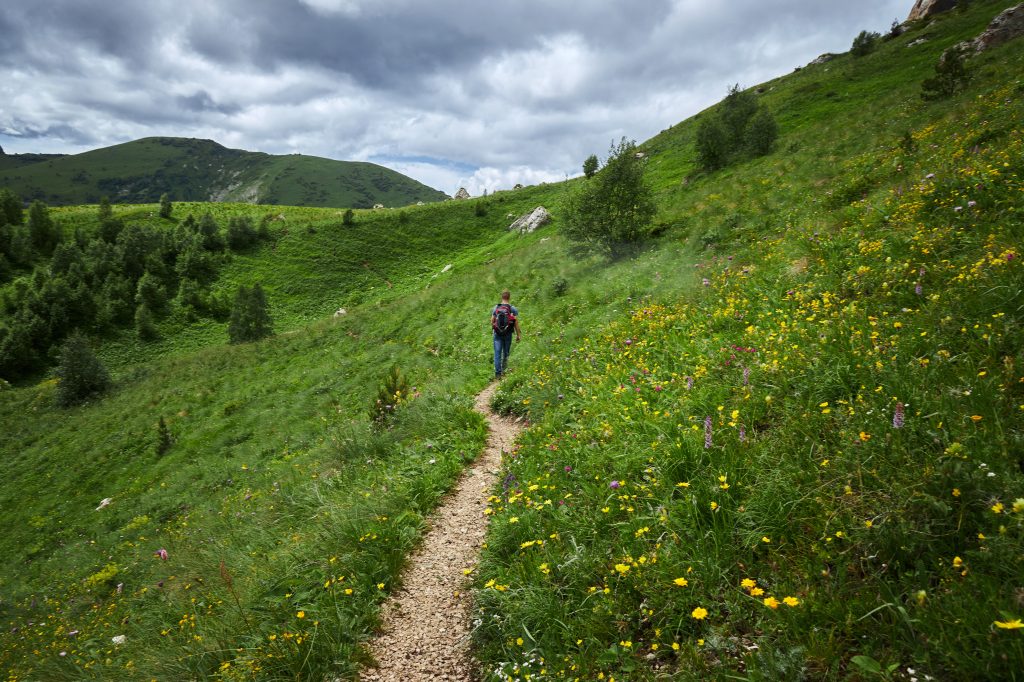
Before you even think about what to pack, get familiar with the lay of the land you’ll be exploring. Fossil sites can range from arid deserts to rocky hillsides, each with its own set of challenges. I once spent a week in the Badlands only to wish I had brought more breathable clothing for the hot, open terrain.
Researching the area’s geography (is it mostly sedimentary layers or volcanic rock?) will guide your gear choices. Think about the accessibility of the site—are you going to need climbing gear, or is it a leisurely walk from the road? Lastly, consider the local flora and fauna; you wouldn’t want to accidentally sit on a cactus or disturb a snake’s home while hunting for ancient bones.
2. Choosing the Right Gear
The gear you choose can make or break your fossil-finding mission. Opt for a sturdy backpack that can hold your tools, water, and finds without tearing at the seams (trust me, it’s not fun carrying a fossil in your arms for miles). A good backpack should have padded straps for comfort and plenty of compartments to keep things organized.
Hey hey! Don’t forget to subscribe to get our best content 🙂
You’ll also want to pack a hat with a brim to shield your eyes from the relentless sun and a pair of binoculars to scope out potential digging spots from a distance. Remember, the right gear doesn’t have to be the most expensive—functionality is key.
3. Pack Protective Clothing
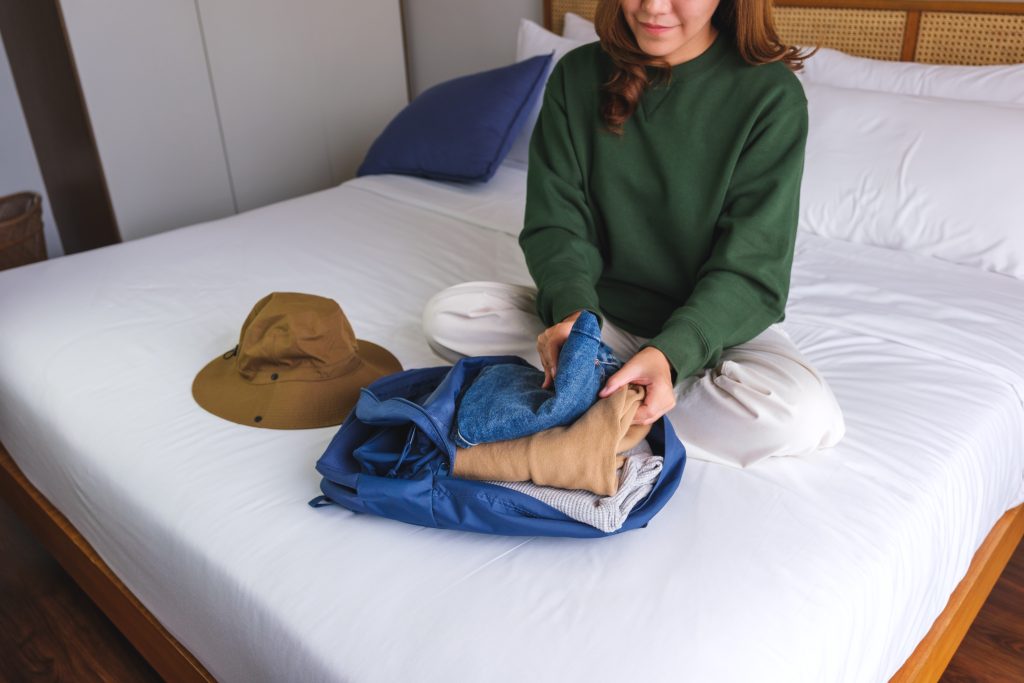
When it comes to clothing, think of protection and comfort. Long sleeves and pants may seem counterintuitive in hot weather, but they’re your first defense against the sun’s rays and sharp rocks. I learned the hard way that a short-sleeve shirt doesn’t mix well with a prickly brush.
Choose fabrics that are lightweight, moisture-wicking, and of a light color to reflect the sun. Don’t forget a wide-brimmed hat and sunglasses for extra protection. And always, always pack extra socks—you’ll thank me after crossing a stream or getting caught in a surprise downpour.
4. Essential Fossil Tools
Your tools are your treasure hunters, so choose wisely. A solid geologist’s hammer is a must for chipping away at rock, and a sturdy brush will help you sweep away debris without damaging your find. Some fossil enthusiasts swear by a small pick or even a dental tool for delicate extractions.
Pack these in a roll-up tool pouch to keep them organized and accessible. Remember, you’re not excavating a dinosaur in a day, so unless you’re on a professional dig, keep it simple (and your backpack light).
5. Footwear for the Field
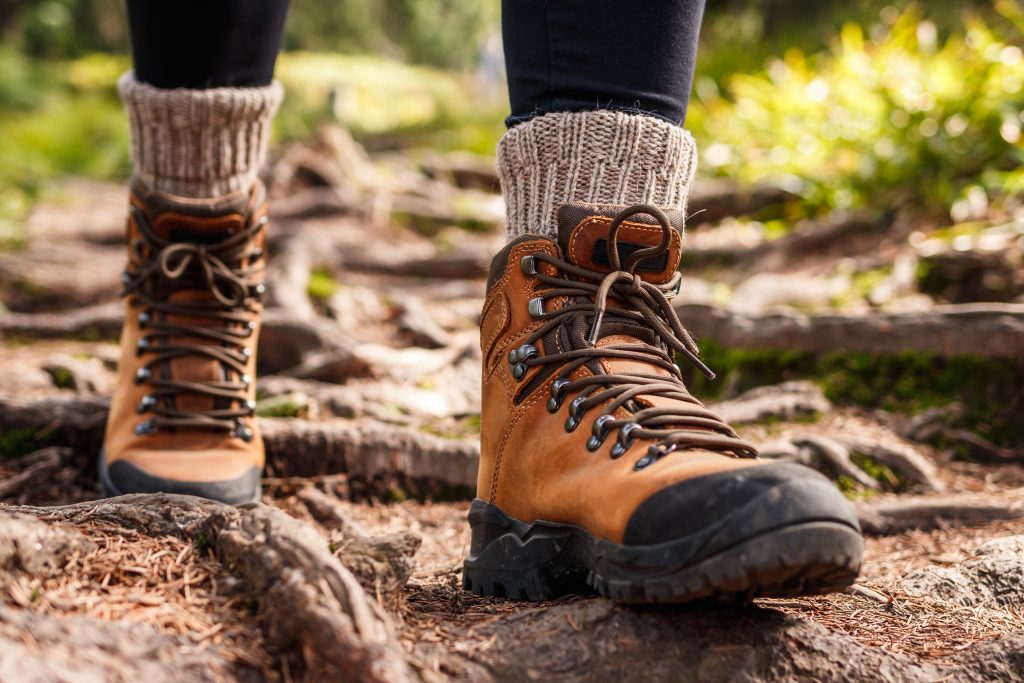
The right pair of boots can mean the difference between a triumphant trek and a painful plod. Look for footwear with ankle support to prevent twists and turns on uneven ground. Durability is also key; they should be able to withstand sharp rocks and thorny bushes.
Waterproof boots are a lifesaver when you encounter unexpected wet conditions. I’ve had days saved by water-resistant boots when I’ve stumbled upon a hidden marsh. Comfort is crucial, so break in your boots before the trip to avoid blisters.
6. Staying Hydrated & Fed
Dehydration on a dig is no joke (imagine mirages of T-Rexes due to thirst—it’s not as fun as it sounds). Pack a refillable water bottle, or even better, a hydration pack to keep your hands free. High-energy snacks like nuts, jerky, and granola bars will keep you fueled throughout the day.
And remember, sometimes lunch with a side of ancient sea creatures is the best meal you’ll have all week, so pack something hearty and enjoy the unique dining experience.
7. Safety Equipment Must-Haves
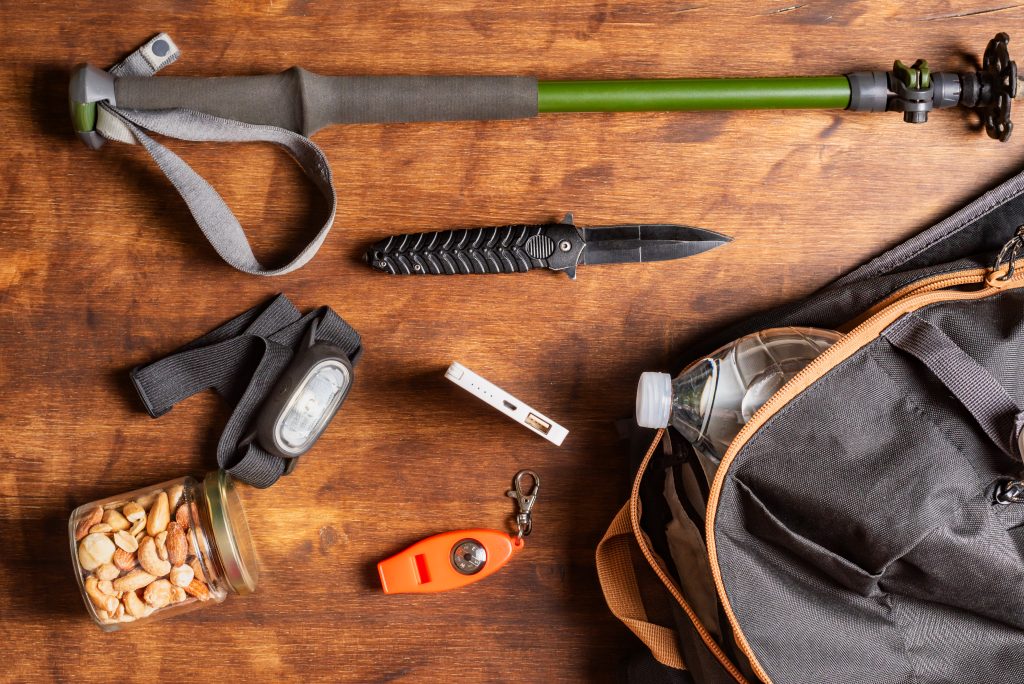
Safety should never be an afterthought. A basic first aid kit can address cuts, scrapes, or sprains you might encounter. Include sunscreen and lip balm with SPF to protect against sunburn.
A whistle is a simple but effective tool for signaling your location if you get separated from your group. And let’s not forget a small fire extinguisher or fire blanket—dig sites are often in remote locations where a small spark can lead to a wildfire.
8. Documenting Your Finds
Every fossil tells a story, and documenting your findings is crucial for scientific and personal records. Bring a notebook or field journal to jot down the context of your discoveries (like the rock layer and the exact position).
A camera or smartphone is indispensable for capturing the moment and the details of your find. And for those who like to sketch, a set of pencils can be invaluable for recording the nuances that a camera might miss (plus, it makes you feel like a real-life Indiana Jones).
9. Respect Local Regulations
Nothing sours a trip faster than getting on the wrong side of the law. Always check the regulations and obtain the necessary permits before you start digging. Some areas may be protected, and removing fossils without permission is not only illegal but unethical.
Remember, we’re guests in these ancient landscapes, so let’s act like it. Leave no trace, and never take more than you need—fossils should be for everyone to enjoy, not just a select few.
10. Preparing for Weather Changes
Mother Nature is fickle, and the weather can change at the drop of a hat. Pack layers that can be easily added or removed as conditions change. A lightweight, waterproof jacket is a must-have for sudden rain showers.
In some regions, a thermal layer might be necessary when the sun dips below the horizon. Check the weather forecast before you go, but be ready for surprises. I’ve seen sunny skies turn to thunderstorms in less time than it takes to say “Pterosaur.”
Armed with these tips, you’re now ready to embark on a fossil-hunting adventure that would make even the most seasoned paleontologists green with envy. Remember, it’s not just about the finds—it’s about the journey, the history, and the thrill of discovery. Happy hunting!

